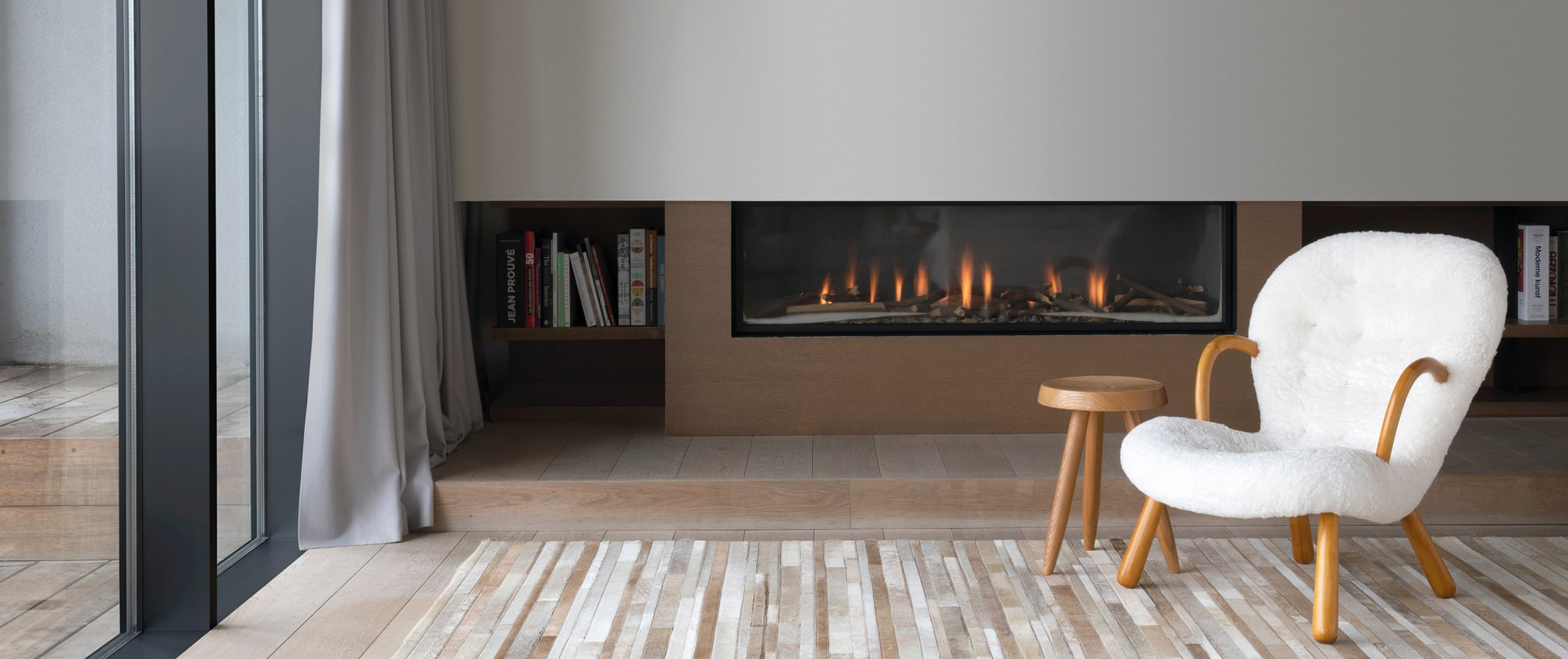by Chasity Rodriguez
Make sure your home is safeguarded against subfreezing temperatures. Our checklist will help you ensure you’re prepared.
Protect Your Pipes
Depending on the region of the United States you’re in, you’ll need to protect your pipes from bursting this winter.
Time to Weatherproof
Weather stripping or installing storm doors and windows will prevent cold air from entering your home or heat from escaping it, which will reduce your power bills. Door sweeps are also an effective and easy way to keep the cold out.
Check Your Fireplace
Animal nests or creosote buildup in your fireplace can be hazardous. Have an annual inspection before building your first fire of the season. Also, soot and other debris build up in the chimney. Call a chimney sweep to thoroughly clean the chimney before your first winter use. You should also vacuum or sweep out any accumulated ash from the firebox.
Clean the Gutters
Cleaning your gutters is an important part of winter prep. A good rule of thumb is to have the gutters cleaned as soon as the last leaves have fallen in the autumn. To prevent clogging, inspect and clean the gutters of leaves and other debris. Clean gutters will also allow melting snow to drain properly.
If you want to avoid gutter cleanings, consider gutter guards. They can be made of stainless steel or polyvinyl chloride (PVC) and will help keep out leaves, pine needles, roof sand grit and other debris from your gutter. They need to be occasionally brushed off to ensure the guards work to their maximum effectiveness, but it’s not as strenuous as routine cleanings.
Block the Cold
Caulk around windows and use foam outlet protectors to prevent cold air from entering your home. However, the majority of heat loss typically occurs via openings in the attic. Check to make sure that you have enough insulation.
Get a Programmable Thermostat
In the winter, the Department of Energy suggests keeping the thermostat at 68 degrees Fahrenheit when you’re at home. Lower the thermostat a few degrees while you’re away or sleeping. Switching your thermostat out for a programmable version is a good idea. It’ll let you customize your heating so the system doesn’t run when you don’t need it, keeping your home comfortable and bills down.
Install a Programmable Thermostat
Protect Your Plants
You’ll need to bring plants and flowering trees inside before the first cold snap. Typically, you should bring your plants in before temperatures dip below 45 degrees Fahrenheit.
Bring in the Outdoors
Cold temperatures, snow and ice can damage outdoor furniture and grills. If possible, store them in the garage or basement. If you have a gas grill with a propane tank, close the tank valve and disconnect the tank first. It must be stored outside. If you don’t have storage space for your items, purchase covers to protect them from the elements. You also need to maintain your grill and cover it before putting it away for the season.
Maintain Your Outdoor Equipment
Outdoor power tools, such as mowers and string trimmers, need to be cleaned and maintained prior to storing. If you have a snow blower, it’s time to inspect it before the first snowfall to ensure it’s working properly.
Save on Your Energy Bills
Call your local power company to see if they conduct energy saving assessments. It’s often a free service where a representative will identify specific changes to make your home more energy efficient and save you money. In addition to the suggestions above, LED light bulbs and water heater blankets can also make a difference.
Make Your Furnace More Efficient
Your furnace will function more efficiently with a clean filter. A dirty filter with trapped lint, pollen, dust, etc., obstructs airflow and makes your furnace run longer to heat your home. Replace filters at least every three months.
Be Roof-Ready
Snow, rain, ice and wind can make it challenging for your home to withstand winter’s wrath. Of particular concern should be your roof. You can get a head start on winterizing your roof with a few key steps.
- Inspect the roof. Look for broken, frayed, curled or missing shingles; clogged valleys; damaged flashing; or deterioration.
- Clear leaves, pine needles, dirt and other accumulated debris from the roof.
- Cut back overhanging branches to prevent damage to shingles and gutters.
- Install snow guards.
- Check the attic and ceilings for staining from water leakage. While you’re up there, make sure the attic is properly ventilated to prevent mold and mildew.
- If you live in an area that’s prone to snow, invest in a snow roof rake.
Protect Windows From Heat Loss
To help keep chilly air from leaking in through window cracks, swap out the lightweight summer curtains with thermal lined curtains or drapes. They’ll help keep your home warm and lower your heating bill. For the windows that don’t get direct sunlight, keep the curtains or drapes closed to keep the cold air out and the warm air in.
Time to Stock Up
Don’t wait for the next big winter storm. Depending on where you live, there are certain staples that are good to stock up on ahead of time.
- Snow shovel
- Ice scraper
- Ice melt
- Flashlights and extra batteries
- Weather radio
- Emergency car kit (extra blankets, radio, ice scraper, car charger, first aid kit, jumper cables)
- Water and food that doesn’t require cooking or preparation (dried fruit, granola bars, crackers, etc.)
- Extra pet food
Written by Chasity Rodriguez
Social Media Director

 Facebook
Facebook
 X
X
 Pinterest
Pinterest
 Copy Link
Copy Link



